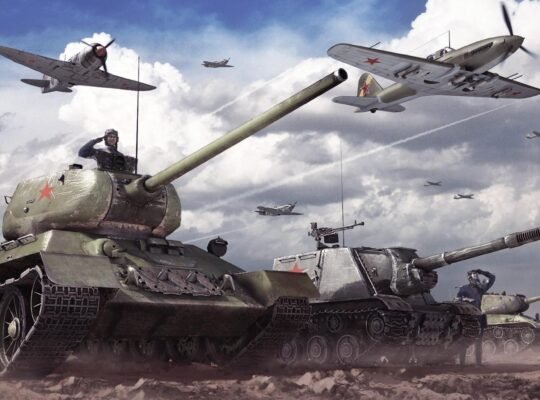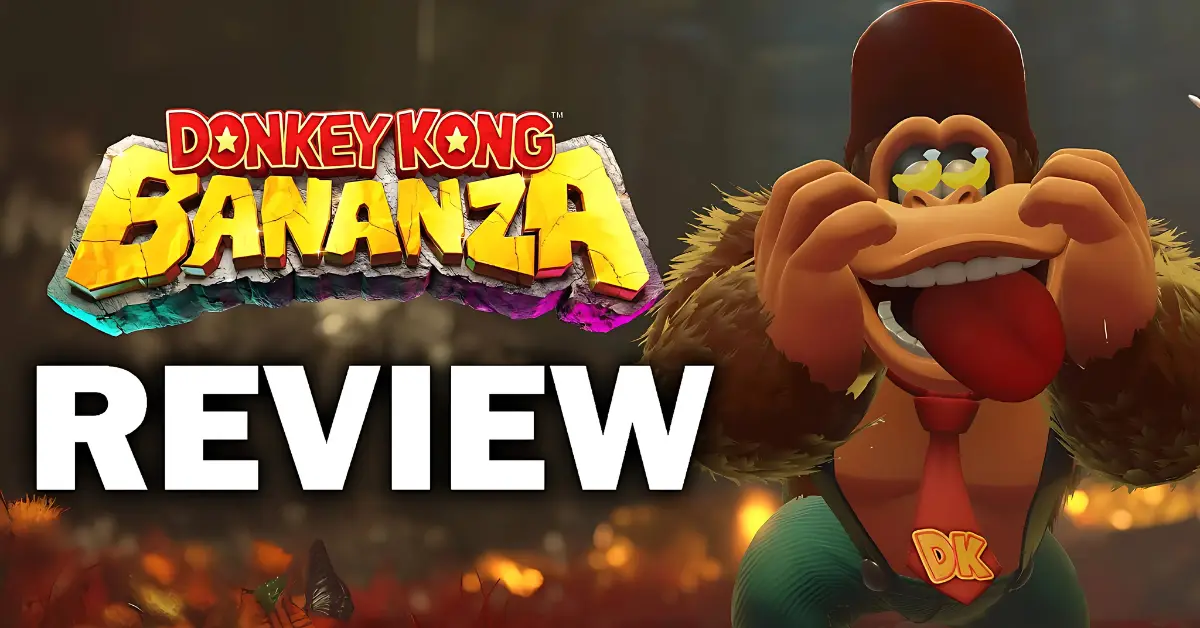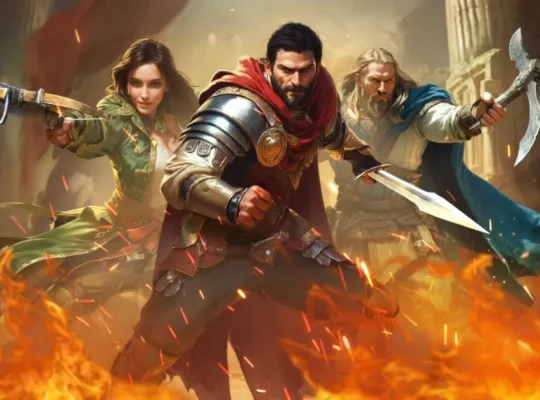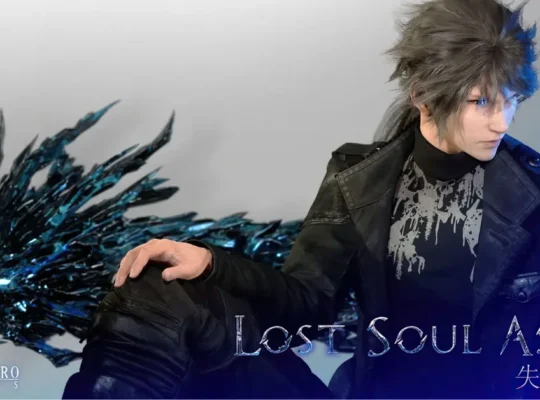When Nintendo announced the Switch 2, most fans were expecting a brand-new 3D Mario adventure. After all, the last fully original title was Super Mario Odyssey, and we’ve been waiting about eight years for another big 3D Mario game.
At the same time, the idea of a new Donkey Kong game seemed unlikely. Retro Studios has been busy with Metroid Prime 4, and the series has been dormant since 2014, save for a few re-releases.
So imagine my surprise when the Switch 2 Direct revealed Donkey Kong Bananza — essentially a Super Mario Odyssey 2, made by the same team, but with DK taking center stage.
This time, the environments are fully destructible. You can tear apart the world piece by piece, using the debris for platforming, combat, and exploration.
Initial Impressions
I’ll admit, I was hesitant. I’m not the biggest Donkey Kong fan, and I never enjoyed Donkey Kong 64 — the series’ only other attempt at 3D. But with years of development time and the Odyssey team at the helm, I was curious.
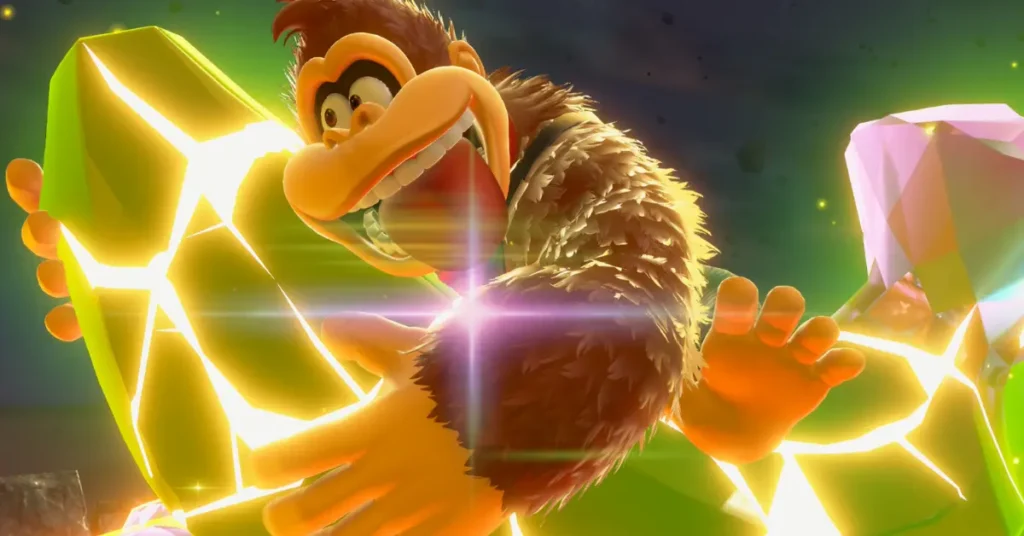
As the second big first-party exclusive for Nintendo’s $450 system — a console that, until now, has mostly been my Mario Kart machine — Bananza had a lot to prove. Could it really wow players and justify the hardware leap?
In this review, I’ll dig deep into the gameplay, see whether destructible environments truly add to the experience, and find out if Bananza can match or even surpass Super Mario Odyssey as a showcase for the Switch 2.
Barrels of Fun – Gameplay Evolution
Donkey Kong Bananza evolves the open-area design from Super Mario Odyssey and Bowser’s Fury. Large, open zones are filled with challenges, but instead of moons, you’re digging up bananas.

If you’re a diehard Donkey Kong Country fan, this is a major departure. Bananza emphasizes exploration, skill-based challenges, and combat far more than traditional DK platforming.
- Movement: DK rolls down hills, smashes through walls, and punches enemies with incredible fluidity. Everything flows into the next move. He’s one of the smoothest characters I’ve ever controlled in a game.
- Digging Mechanic: Rolling into a field, diving underground, and unearthing gold and bananas is surprisingly satisfying. The controls are so fun that simply running around feels rewarding.
- Challenge Variety: Each area introduces new mechanics — from on-rails minecart bombing runs to cooling lava with giant scoops of ice cream.
The main gameplay loop is addictive: explore an area, tackle challenges, dig up bananas, advance the main quest, and end with some extra exploration. The variety never stops.
Skill Progression
A skill tree system unlocks new abilities that genuinely change how you play. Every upgrade is impactful — nothing feels like filler.
By the end, you’ll be chaining vine grapples, ground-pound shockwaves, and rolling attacks in ways that make you feel unstoppable. It’s a perfect showcase of Nintendo’s design philosophy: make the character fun to control, then keep introducing new challenges to test those controls.
Chart a Course – Exploration & Challenges
Bananza’s worlds are diverse and always evolving. Terrain changes force you to adapt, enemies get tougher, and self-contained challenge rooms push your platforming and puzzle-solving skills.
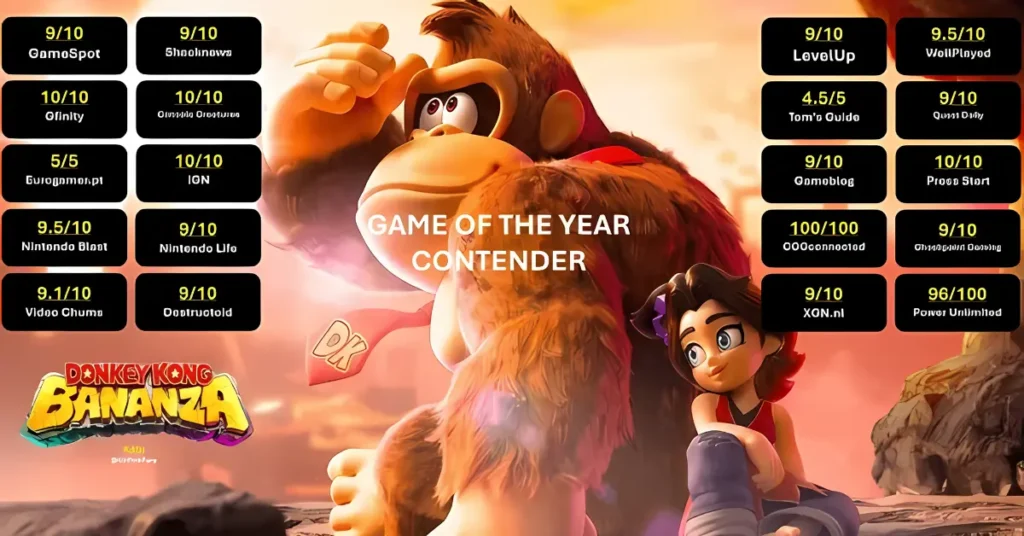
Some challenges are pure fan service — like a fully 2D sidescrolling recreation of Donkey Kong Country. Others demand smart use of the environment to avoid hazards like mud, lasers, and falling debris.
The only disappointment? Boss fights. Too often they devolve into transforming into Bananza DK, mashing the punch button, and draining a health bar. While some gimmick bosses are fun, I wish more fights used DK’s climbing and digging abilities.
Visuals & Animation
Bananza takes the semi-realistic style of Odyssey and pushes it further — DK’s fur looks like paintbrush strokes, grassy fields shimmer, and animations are bursting with cartoon charm.

Nintendo also redesigned DK to resemble his original arcade look — livelier eyes, exaggerated proportions, and expressive facial animations. It makes cutscenes pop with humor and personality.
The environments are stunning — from water vortexes in the opening area to volcanic craters deep underground.
Performance:
- Mostly runs at 60 FPS in 4K-upscaled mode.
- Heavy destruction can cause drops below 30 FPS.
- Still, the style and art direction are so strong that frame dips rarely break immersion.
Story & Characters
The setup is simple: stop a gang of evil apes and journey to the Earth’s core for a wish-granting treasure. Along the way, DK teams up with a teenage Pauline — a surprising but charming friendship.
Fully voiced cutscenes make a big difference. Pauline’s commentary, DK’s comedic grunts, and even villain banter add personality to every scene. The antagonists have small but clear motivations, making them more than one-note obstacles.
Sound & Music
Bananza might have one of the best soundtracks in the Mario universe since Super Mario Galaxy. Every area has music that perfectly matches its vibe, from upbeat jungle themes to grand orchestral pieces.
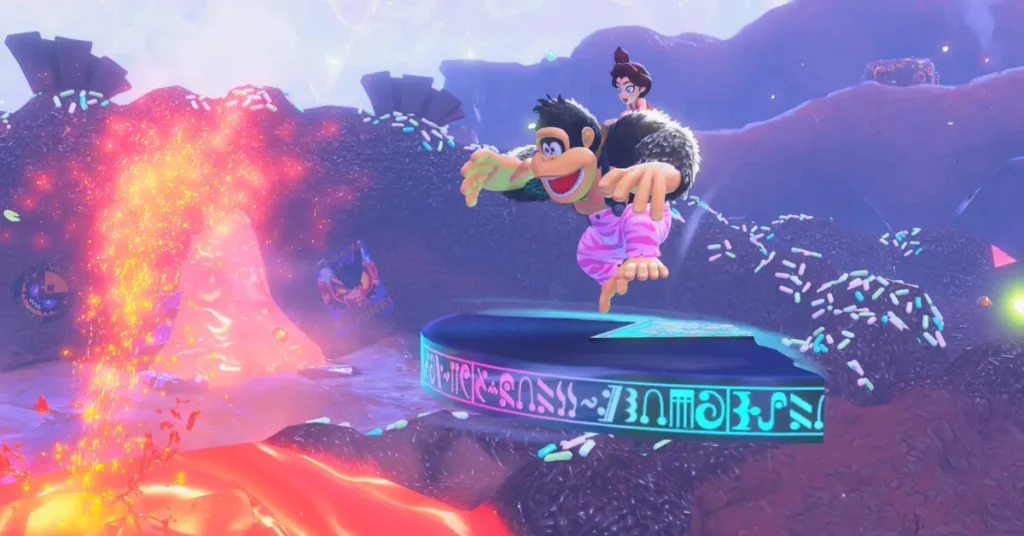
Sound effects are equally satisfying — smashing terrain, landing punches, and pulling up bananas all have distinct, impactful audio cues.
Full voice acting brings characters to life and adds immersion, while fictional languages in certain areas deepen the sense of place.
Pros & Cons
Pros:
- Incredibly fluid movement and controls
- Beautiful, destructible environments
- High replay value with meaningful skill progression
- Fantastic soundtrack and sound design
- Fully voiced cutscenes with expressive animations
Cons:
- Boss fights can be repetitive
- Occasional frame drops during intense destruction
Final VerdictIf Donkey Kong Bananza were a person, I’d marry it. While it’s not what I pictured as an Odyssey follow-up, it exceeded all expectations.
This is one of the most enjoyable 3D platformers I’ve ever played — addictive exploration, skill-based challenges, charming presentation, and a world you can smash to bits. It’s a generational great and the star of the Switch 2 lineup.


